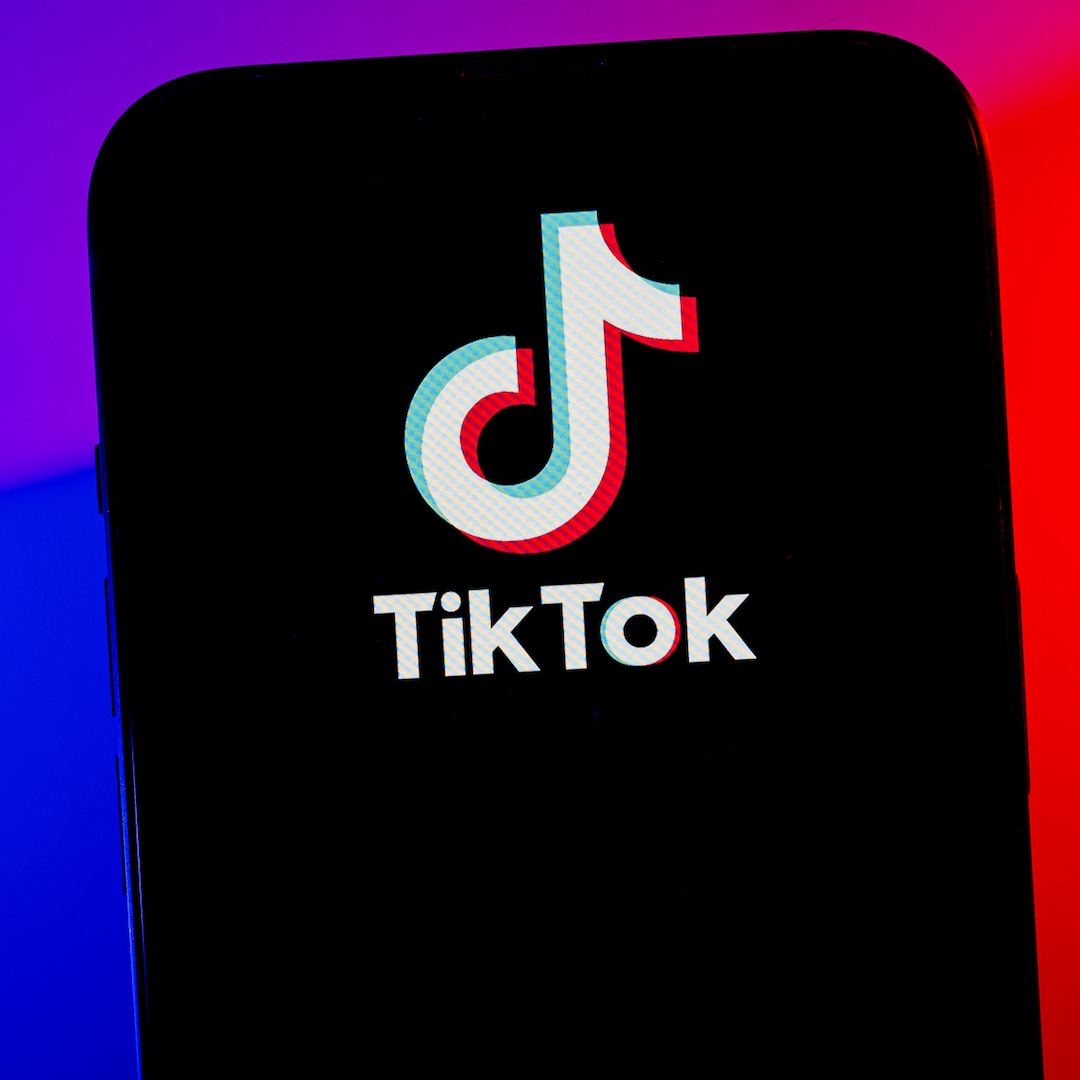TikTok’s U.S. Ban: An Overview of the App’s Response
As discussions around TikTok’s potential ban in the United States heat up, the popular social media platform finds itself at a crucial crossroads. With millions of American users relying on it for entertainment, creativity, and connection, the stakes have never been higher. This article aims to unpack TikTok’s official response to the looming ban and explore the implications for its vast user base.
The Context of the Ban
In recent years, TikTok has surged in popularity, especially among younger demographics. However, concerns regarding data privacy and national security have prompted lawmakers to consider a ban on the app, citing fears that user data could be accessed by the Chinese government due to TikTok’s parent company, ByteDance. The U.S. government has taken steps to investigate these claims and has proposed legislative measures to restrict or even eliminate the app from American shores.
Understanding TikTok’s Official Stance
In light of these challenges, TikTok has been proactive in addressing the concerns surrounding its operations. The company has consistently stated its commitment to user privacy and data security. Here are some key points from TikTok’s official responses:
- Transparency Initiatives: TikTok has launched various transparency initiatives to demonstrate its commitment to protecting user data. This includes establishing a Transparency Center in the U.S. where independent experts can review its data privacy practices.
- Partnerships with U.S. Entities: To reassure users and regulators, TikTok has partnered with U.S. firms to store American user data domestically. This effort aims to alleviate fears that sensitive information might be accessed by foreign entities.
- Engagement with Policymakers: The platform has actively engaged with U.S. lawmakers, emphasizing its role in fostering creativity and community while advocating for reasonable regulations rather than an outright ban.
Potential Implications for American Users
If the U.S. government proceeds with the ban, the consequences could be far-reaching for TikTok’s millions of American users. Here are some potential scenarios:
- Loss of Creative Outlet: For many, TikTok serves as a creative outlet. Users express themselves through short videos, sharing their talents, humor, and stories. A ban would eliminate this platform, stifling creativity and community engagement.
- Impact on Businesses: TikTok has become a vital marketing tool for businesses, particularly small and medium enterprises. A ban could disrupt their marketing strategies and limit their ability to reach younger audiences effectively.
- Shift to Alternatives: If TikTok is banned, users may migrate to alternative platforms. This could lead to a fragmentation of the social media landscape, as users seek new venues for their creative expression.
Legal Battles and Public Sentiment
As the ban looms, TikTok is likely to engage in legal battles to protect its interests. Previous attempts to ban the app have faced judicial scrutiny, with courts often ruling against such measures on the grounds of freedom of speech. The legal landscape surrounding TikTok will be crucial in determining its fate in the U.S.
Public sentiment is also a pivotal factor. Many users express their support for TikTok, viewing it as a platform that provides entertainment and community during challenging times. A grassroots movement advocating for the app could influence policymakers and sway public opinion.
TikTok’s Future: What Lies Ahead?
Looking ahead, the future of TikTok in the U.S. remains uncertain, but several potential outcomes could shape its trajectory:
1. Regulatory Compromise
One possible scenario is that TikTok and U.S. regulators may reach a compromise. This could involve stricter data privacy measures and continued transparency efforts, allowing TikTok to operate in the U.S. under enhanced scrutiny. Such a resolution would benefit both parties, enabling TikTok to maintain its user base while addressing governmental concerns.
2. Increased Competition
Should TikTok be banned, competitors like Instagram Reels, YouTube Shorts, and Snapchat may see a surge in users. The social media landscape would likely adapt to fill the void left by TikTok, fostering innovation and new content formats.
3. User Adaptation
Regardless of the outcome, users will adapt. If TikTok were to disappear, the creative community would likely migrate to other platforms, continuing to share their content and connect with audiences. This adaptability speaks volumes about the resilience of digital creators.
4. Global Considerations
The implications of a U.S. ban may extend beyond American borders. As other countries grapple with similar data privacy concerns, the global landscape for TikTok could shift significantly, prompting changes in how the app operates worldwide.
Conclusion
TikTok’s U.S. ban presents a pivotal moment not just for the app but for its millions of users who have found joy, creativity, and community within its digital walls. As the platform navigates these turbulent waters, its official responses and the potential outcomes of this situation will be vital in shaping the future of social media in America. Whether through legal battles, regulatory compromises, or user adaptation, TikTok’s story is far from over. In this age of digital connectivity, the resilience of users and platforms alike will dictate the future of creativity and community in the online space.
See more Future Tech Daily

